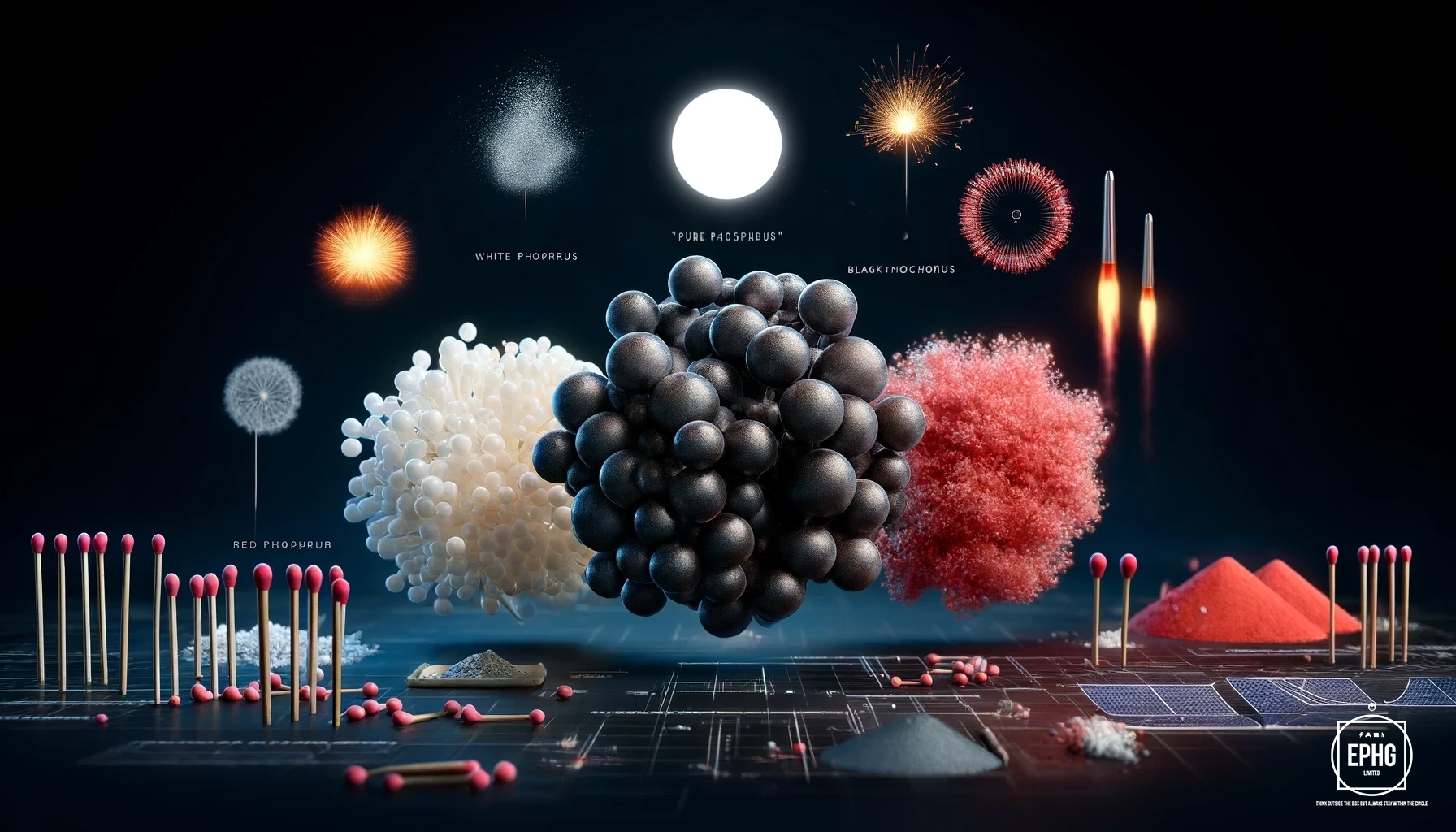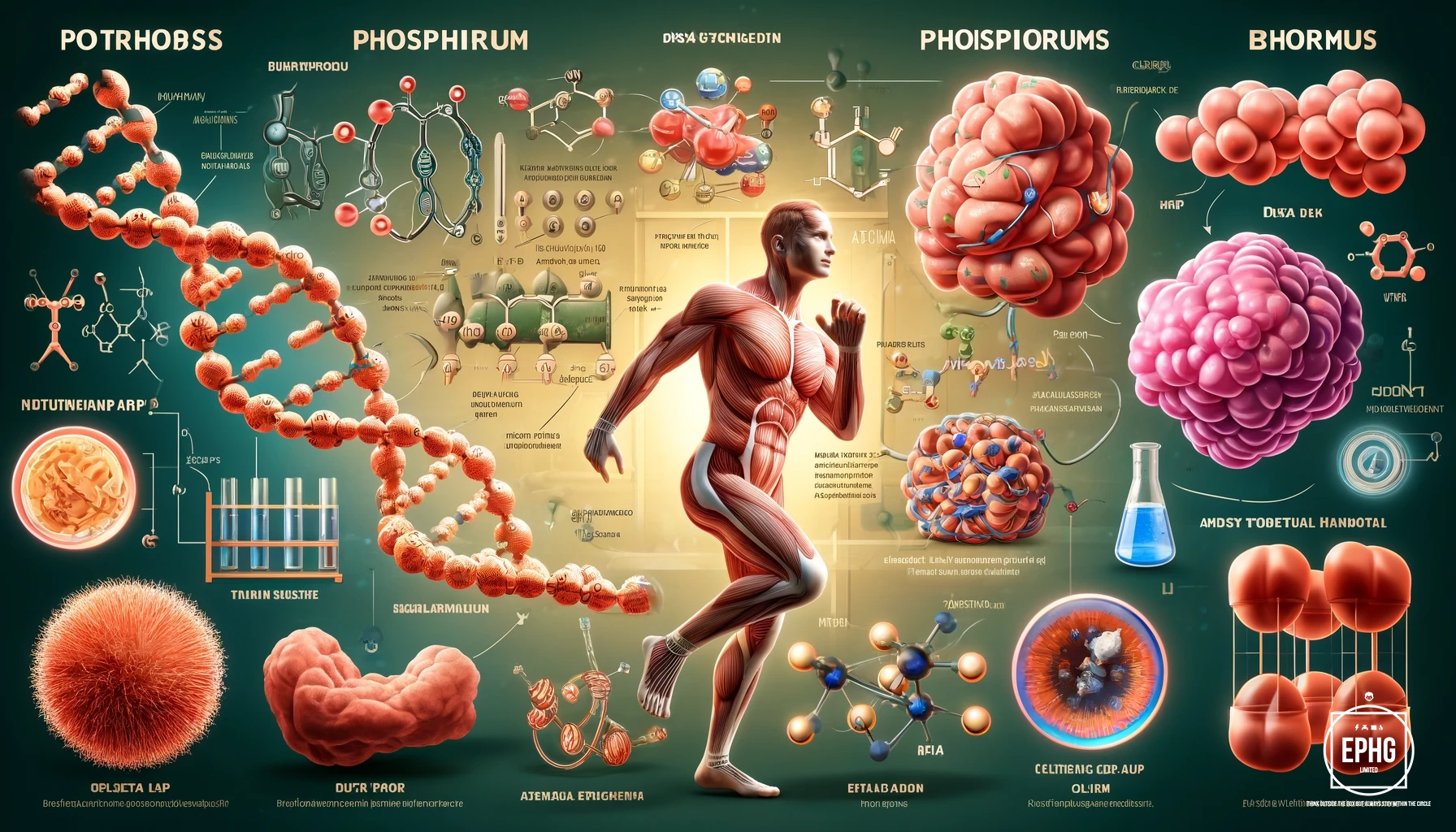Phosphorus: The Versatile Element
Unveiling the secrets of Phosphorus, a key player in the periodic table and a cornerstone of modern technology and biology. This element's multifaceted nature makes it indispensable across various fields, from agriculture to high-tech industries, influencing everything from our food supply to the gadgets we use daily.
Discovery of Phosphorus
The fascinating tale of Phosphorus begins in 1669 when it was discovered by the German alchemist Hennig Brand. Brand, a former soldier turned alchemist, was the first to isolate this element while experimenting with urine, which he believed contained the essence of gold. This pursuit, driven by the alchemical dreams of the era, led Brand to collect buckets of urine, which he then boiled and processed under secretive and painstaking conditions.

After numerous trials and much persistence, Brand managed to distill something truly golden: not a precious metal, but the first element discovered since ancient times that glowed in the dark. This eerie, glowing substance not only captivated Brand but also captured the imaginations of alchemists and scientists alike across Europe. Phosphorus, aptly named from the Greek word 'phosphoros', meaning "light-bearer", marked a significant milestone in the history of science, illustrating the shift from medieval alchemy to early modern chemistry.
Phosphorus in the Periodic Table
Phosphorus occupies a significant place in the periodic table as element number 15. It belongs to Group 15, also known as the pnictogens, which are characterized by their varied physical and chemical properties. Phosphorus is a non-metal and is critical in various forms, including white, red, and black phosphorus — each exhibiting unique properties and applications.
Physical and Chemical Properties of Pure Phosphorus

Pure Phosphorus in its white form is the most reactive, known for its characteristic glow in the dark and extreme reactivity with oxygen, making it highly flammable. The slightly more stable red Phosphorus is used in safety matches, fireworks, and other pyrotechnic applications. The most stable form, black Phosphorus, has recently gained significant attention for its potential in semiconductor technology and photovoltaic cells, showcasing the versatility of pure Phosphorus in various states.
Scientific Applications of Phosphorus

Phosphorus plays an indispensable role in science, particularly in the fields of biology and chemistry. It is a key component of DNA and RNA, essential molecules that carry the genetic blueprint necessary for all biological life. These nucleic acids rely on phosphorus for their structural integrity and function, allowing them to replicate and transmit genetic information accurately. In biochemistry, phosphorus is integral to ATP (adenosine triphosphate), the energy currency of the cell. ATP, which contains high-energy phosphate bonds, drives numerous biological processes including muscle contraction, nerve impulse propagation, and chemical synthesis. Beyond these roles, phosphorus compounds serve as buffering agents in biological systems, helping to maintain the pH balance in cells and tissues, which is crucial for proper metabolic function.
Technological Applications of Phosphorus

In the technological realm, phosphorus is vital in the production of fertilizers, which are crucial for global agriculture. This element enhances crop growth and productivity, addressing food security challenges around the world. Its use in the manufacturing of steel adds essential properties that improve the durability and strength of the final products. Phosphorus is also critical in the production of certain glasses and ceramics, where it improves the material qualities such as resistance to heat and optical clarity. Additionally, phosphorus compounds are integral to the development of LEDs and other electronic displays. These applications exploit phosphorus's ability to conduct and manage light effectively, offering energy efficiency and superior performance that are key in today’s technology-driven world.
Production and Sources of Phosphorus

Phosphorus is primarily obtained through phosphate rock mining. The main method of extracting phosphorus from phosphate rock is through the use of wet process phosphoric acid production, which involves reacting the rock with sulfuric acid. This process yields phosphoric acid and calcium sulfate, which can then be further processed to produce various forms of phosphorus.
Major phosphate rock mines are located in Morocco, China, and the United States, with Morocco being one of the largest global suppliers. The extraction of phosphate rock often brings with it other minerals and elements such as calcium, fluorine, and sometimes rare earth elements, which can also be harvested and used in various industries.
Modern Uses of Phosphorus

In the modern era, phosphorus is used extensively in agriculture as a vital component of fertilizers, which are crucial for crop growth and food production globally. Its role in the manufacture of steel and in the production of certain glasses and ceramics underscores its industrial significance. Furthermore, phosphorus compounds play a critical role in the development of LEDs and other electronic displays, enhancing energy efficiency and display performance.
Future Potential of Phosphorus

The future of phosphorus in science and technology is promising. There is ongoing research into using phosphorus in the field of energy storage, particularly in the development of next-generation batteries, such as those based on sodium-ion technologies where phosphorus could be used as an electrode material. Additionally, the unique properties of black phosphorus are being explored for use in flexible electronics and photovoltaic cells, potentially revolutionizing solar energy capture and electronics design.












